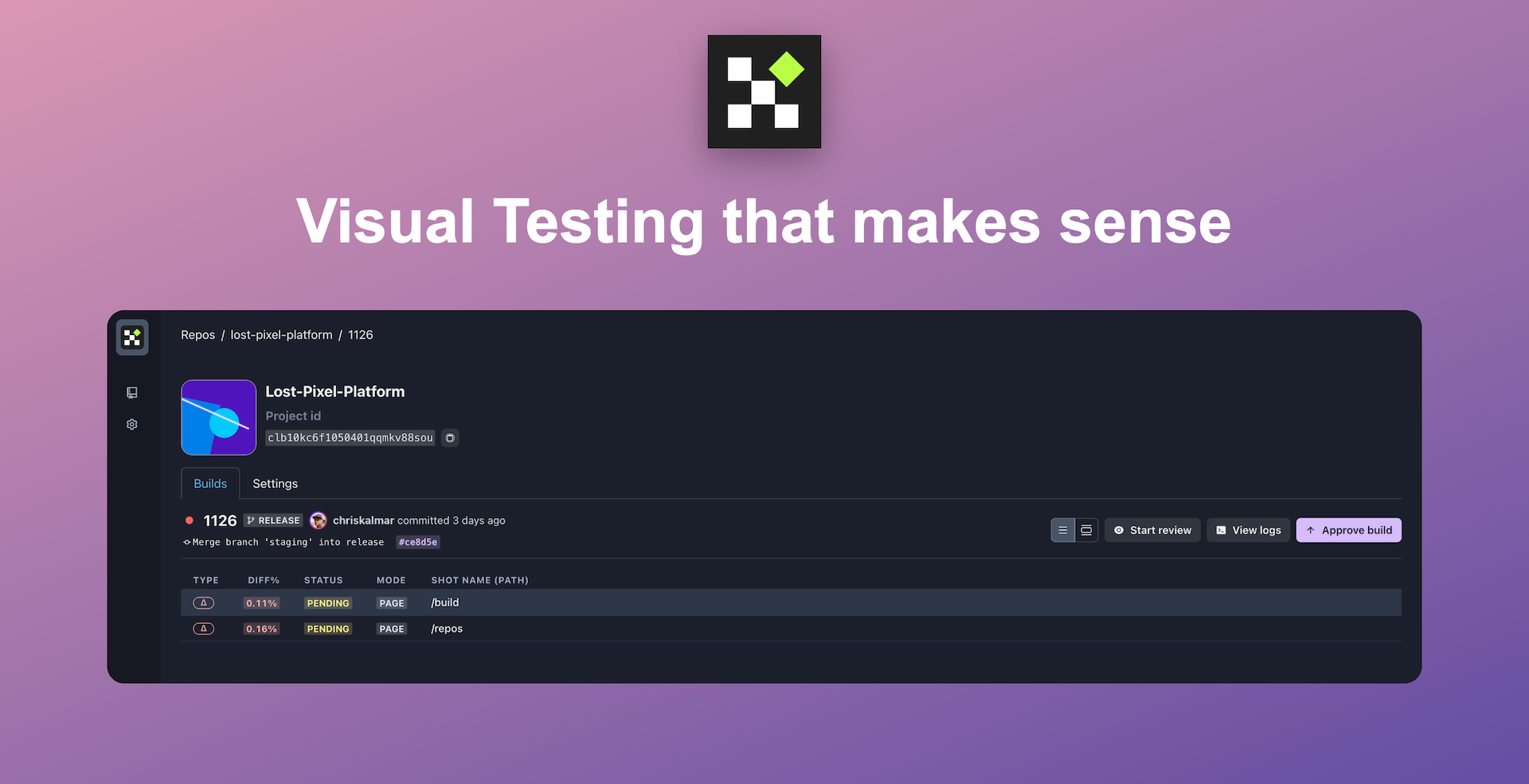Imagine you fix one bug, but it causes another issue somewhere else.
Writing code without clear tests often leads to more headaches during updates.
Well, one way to solve this problem is to write tests first.
That's what Test-Driven Development (TDD) is all about. It is an agile development practice that improves how you code and handle future changes.
But does it pay off, or are you wasting precious development hours?
This guide will explain the core concepts of TDD, its approaches, and its benefits in software development to help you decide if it is worth the effort.
Let's get started.
What is the Test-Driven Development Process?
Test-driven development (TDD) is an approach to software development in which tests are written before the actual code is written.
It is an iterative development method that combines unit test creation, coding, and refactoring.
The core principle of TDD is to create test cases that validate what the code will do.
In other words, you define how the code should behave and then write it to meet those expectations.
How does TDD work?
Here's a step-by-step overview of this process:
- Write a Test: Start by writing a small, simple test for the new feature you are about to build.
- Run the Test (Red): Run the test right away. It will fail because you have not yet written the code, but this confirms that it is working correctly.
- Write Code: Now, write the minimum amount of code needed to make the test pass. You don't need the code to be perfect, just enough to get the test to pass.
- Run the test Again (Green): After writing the code, run the test again. If it passes, you know the code works as expected.
- Refactor: After the test passes, clean up the code to make it more readable and remove code duplication to improve performance and quality.
- Repeat: Move on to the next functionality and repeat the process.
For example:
- Imagine you are building a simple calculator app. In traditional development, you would start by writing code for the addition function. In TDD, you would first write a unit test for the add function then write the actual code to make sure the test passes.
- Similarly, to build the login functionality, the TDD approach would involve creating a test case for the user login feature and then writing the code to pass the test.

Set up visual regression tests in minutes with Lost Pixel Platform. Do not let your users find bugs first.
Why Use Test-Driven Development?

The main advantage of TDD is that it makes sure your code does what it is supposed to.
It helps to reduce bugs early and keeps your development process organized to save time and effort later.
Here are some benefits of TDD:
Early Bug Detection
TDD helps catch bugs and issues early in the development cycle.
You can address any issue immediately after a test fails, right when you are writing the code.
This way, you are less likely to miss small bugs that could turn into big problems later.
Improved Code Quality
Creating test cases first allows you to write more modular and reliable code.
It forces you to think about what your code should do before you write it.
This results in loosely coupled code that is easy to debug, maintain, refactor, and reuse.
Easier Debugging
TDD is like a safety net that tells you when something breaks in your code.
If you make a change to your code, you can run automated regression tests to see if it causes a problem or breaks existing functionality.
This makes debugging faster and less troublesome, allowing you to focus on adding or improving features rather than wasting valuable time debugging.
Clear Code Design
Writing tests before code allows you to define your design specifications and requirements from the start clearly.
This helps in writing code that is cleaner and more structured.
With a well-organized codebase, there are fewer chances of errors or mistakes.
Also, you can deliver a final product that meets its requirements and user expectations.
Higher Test Coverage
TDD encourages testing each functionality and features right from the beginning.
It is like having a quality assurance checklist for every feature to verify even the smallest parts of the software.
This leads to comprehensive test coverage and increased software reliability.
Code Documentation
In TDD, the tests serve as documentation to guide the development process.
This improves collaboration by helping other developers and stakeholders understand what your application is supposed to do.
Confidence in Changes
When most of the codebase is tested, the chance of unexpected bugs or errors reaching production is reduced.
It builds a level of confidence in the code because testers know that if the tests pass, the software will perform as expected.
As a result, developers can optimize code and deploy updates more quickly, knowing that the core functionality is safe and that the existing test suite will detect any regression.
Tip:
You can use a visual regression testing tool like Lost Pixel to catch any unwanted changes in the UI in minutes and ship your front end with more confidence.
Saves Time and Resources
While TDD might seem like extra work at first, it can ultimately save time and resources.
By catching issues early and keeping code organized, you can avoid spending hours debugging or fixing problems later in the development cycle.

Set up visual regression tests in minutes with Lost Pixel Platform. Do not let your users find bugs first.
Limitations of TDD

While TDD offers many advantages, it comes with some limitations that can impact the development process.
Here are some of the key challenges associated with TDD:
- Time-Consuming Process: Writing tests before writing the actual code can significantly slow down the development process. For small projects or tasks with tight deadlines, the time spent writing tests may not be worth the gain in code reliability.
- Maintenance Overhead: Maintaining and updating the tests can be difficult, especially for large applications where a minor change could require you to adjust many tests, costing valuable development time.
- Not Practical for Changing Requirements: Implementing TDD in the initial development stages can be challenging when requirements are unclear or subject to change. As the project evolves, you may end up rewriting tests several times, making the process feel redundant.
- Not Suitable for Complex Systems: Testing complex user interfaces or external integrations can be difficult for large projects where multiple components often need to work together.
- Test Environment Setup: Configuring the test environment can be tricky as it requires mockups or additional setups to simulate interactions.
- May Lead to Over-Engineering: TDD involves writing more code than necessary to satisfy test conditions rather than focusing on solving the actual problem. This can make code harder to maintain and understand in the long term.
Approaches Used In TDD
TDD uses two ways to structure tests and prioritize feature development:
Inside-Out TDD
Inside-Out TDD focuses on writing tests for the smallest units first (like individual functions or classes), and then gradually building up to the larger parts of the system.
Here's how it works:
- You first test and build the application's inner logic or core functionality.
- Then, you test and add more complex parts, eventually building up the full system.
- It focuses more on the backend or business logic first.
- It reduces the use of mocks and helps prevent over-engineering.
Outside-In TDD
In this approach, you start by writing tests for the overall system behavior and work your way inward.
Here's how it works:
- You write tests for the final feature the users will interact with, like clicking buttons or submitting forms.
- After defining the overall system behavior from the user's perspective, you work on smaller pieces of code to make that behavior functional.
- It focuses more on building from the application's user interface or outer layers.
- It uses mocks and stubs to simulate external dependencies.
Overall, both approaches help test the code at every level but take different paths depending on the project's requirements and priorities.
Tools and Frameworks for TDD
Many tools and frameworks are available for Test-Driven Development, supporting different programming languages and environments.
Here are some popular options you can check out:
- JUnit (unit test framework for Java).
- PyTest (testing framework for Python).
- Cucumber (acceptance test-driven development).
- Jest (JavaScript testing framework).
- Lost Pixel (Automated UI testing).
Is TDD Worth It?
It depends on the context.
TDD is useful for critical systems such as banking or healthcare software that require fast iteration and frequent integration of changes.
However, writing tests first might feel like more work than it is worth for quick prototypes or simple projects.
In short, TDD can save time by preventing future bugs, but it requires continuous maintenance of test cases.
This trade-off is worth it for many developers because it leads to more stable, predictable code.
Final Words
Test-driven Development is a powerful tool for building reliable, maintainable software.
It incorporates an instant feedback loop and continuous testing in the development process, reducing long-term maintenance costs.
Like any other software development approach, TDD has its own strengths and drawbacks that you should consider before making a final decision.
FAQs
How is TDD different from BDD?
TDD (Test Driven Development) focuses on writing tests before code to verify functionality, while BDD (Behavior-Driven Development) focuses on writing tests in plain language to describe user behavior and system interactions.
How does TDD fit in Agile development?
Agile methodology guides the overall process of software development, whereas TDD is a specific practice used within that process to improve code quality through continuous testing and feedback.

About Dima Ivashchuk
Hey, I'm - Dima the co-founder of Lost Pixel. I like modern frontends, building stuff on the internet, and educating others. I am committed to building the best open-source visual regression testing platform!
